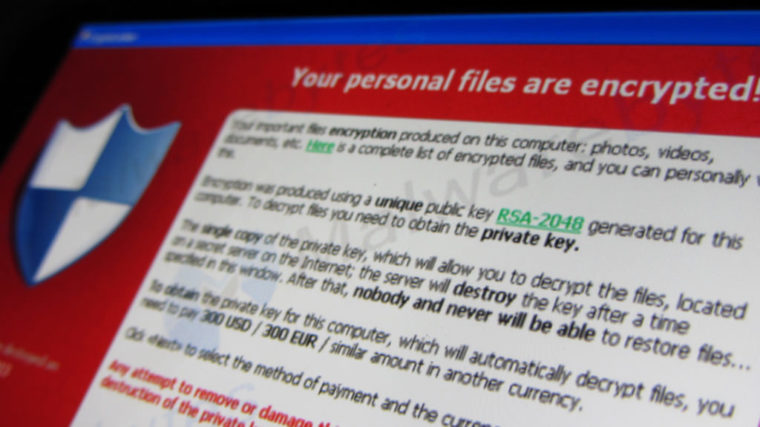There are many types of ransomware but do they all do the same thing? The basis of ransomware is to prevent you from using your computer and in order to get full access again, the person who implemented the attack will ask something of you. This often is related to money but sometimes could only be a survey. Paying the “ransom” does not always end with you getting full access to your files or computer again, unfortunately. Ransomware often prevents you from accessing Windows, encrypts files so you can’t use them, and can even stops apps properly. These ransomware infiltrators target any and all computers. There doesn’t seem to be a rhyme or reason to their attacks.
Types of Ransomware:
Ransomware is divided into two different types: encryption and lockscreen.
Encryption ransomware is just like the name. It takes your data files and encrypts them so that you can’t even have access to them. Lockscreen ransomware is different than encryption ransomware because it has a message on your screen that is the size of your full screen so you can’t access any of your files or computer at all. Your computer screen is essentially “locked” from view and to get back into it you have to pay a ransom.
An example of an older form of a ransom was a notice stating that you had done an illegal act on your computer and that the police or government had caught you. They then demanded a fine to be paid. This was obviously not true and was just meant to scare you into paying the fine to get yourself out of that situation. The new versions of ransoms are much simpler and just encrypt files so you can’t access them. Once you have paid, typically in Bitcoins, you can sometimes regain access. Other times, they just take your money and leave you without anything.
How it Happens:
The types of ransom that tend to come through to you are typically from unsafe websites that seem fake or that you are overall suspicious about. You could also receive it from opening emails or attachments from someone you don’t know. The same goes for bad links from messenger chats or social media. The golden rule is if you find yourself questioning it, don’t click on any links or open any attachments.
What to Do:
Prevention of ransomware is not as simple as one would hope. Besides simply not clicking on suspicious links or websites, the best plan is to make sure all of your files and documents are properly backed up and saved. Nevada IT Solutions can ensure that everything important to you is always saved in a secure location so your company is never down due to ransomware. It is a terrible situation to be in when you pay the ransom and do not receive access to your data ever again. With Cloud Services that we offer, we save and backup your files and documents daily in case of a ransomware situation or other emergency. Nevada IT Solutions give you the peace of mind with your business always being protected.





